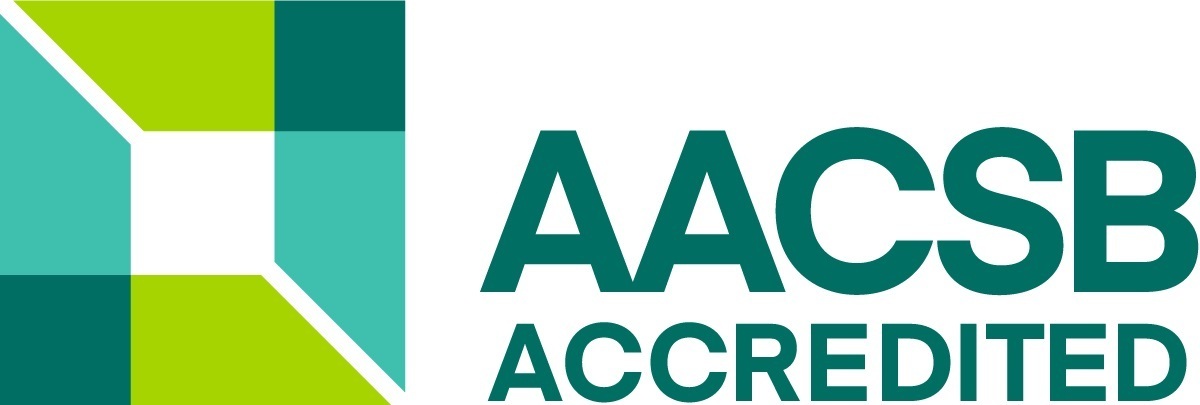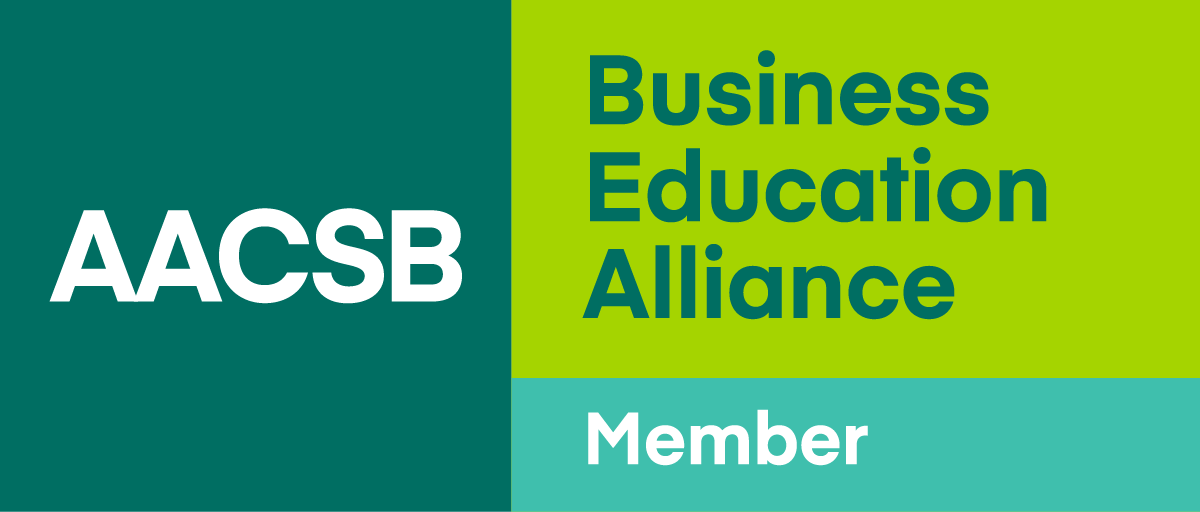【英語學習角落】警察臥底、男女主角邂逅 港人日常的茶餐廳 從電影看香港飲食文化
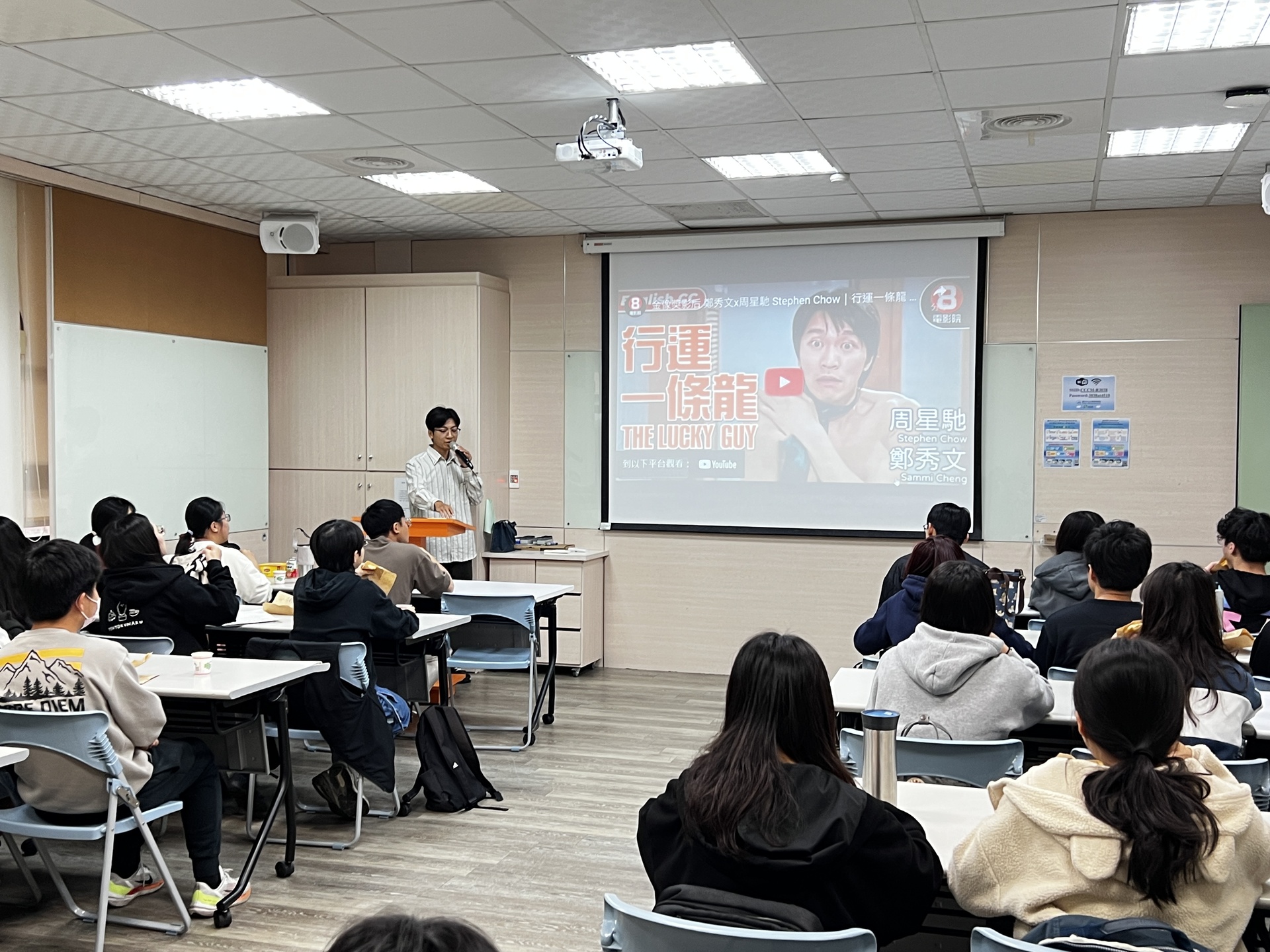
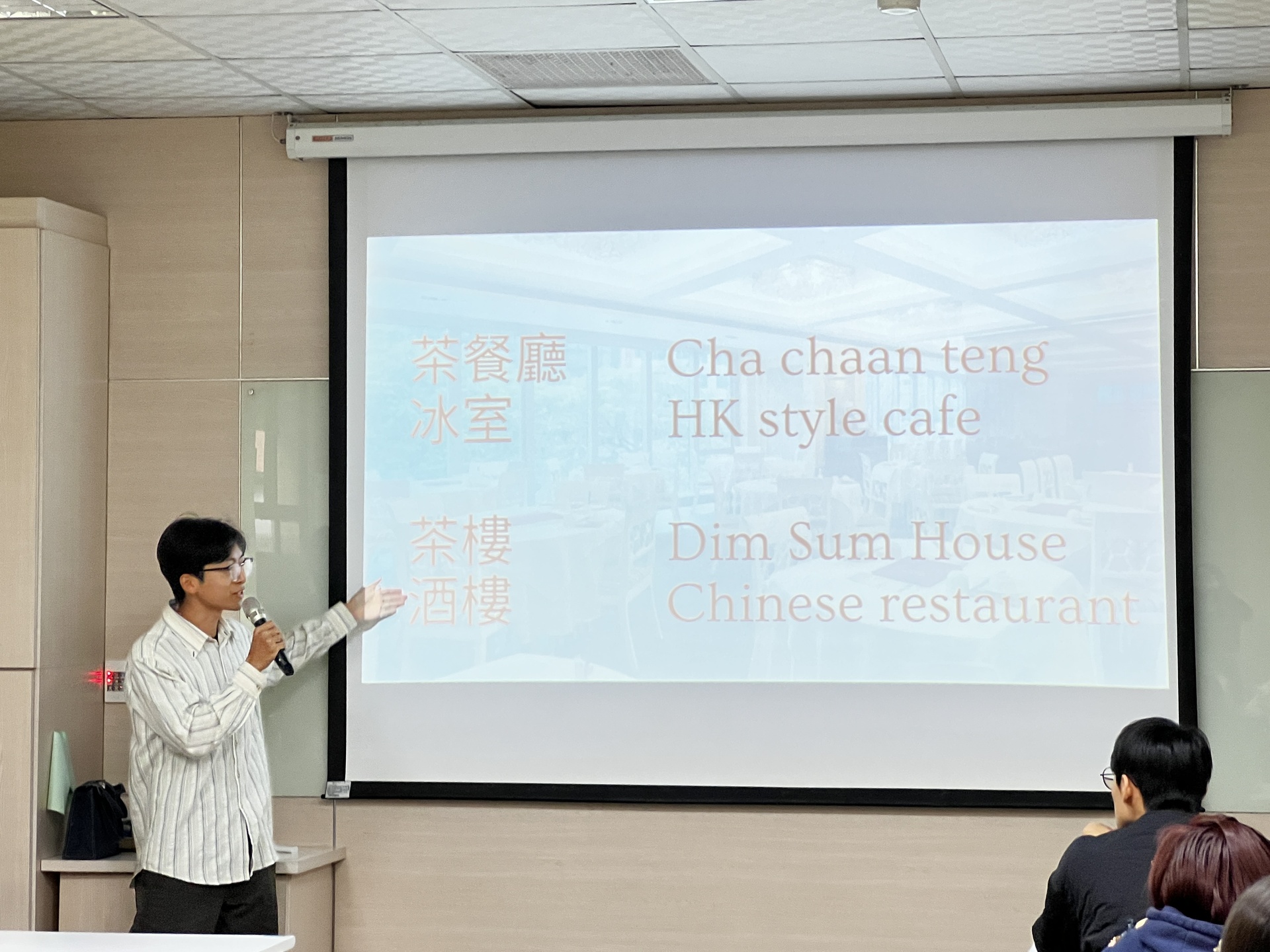
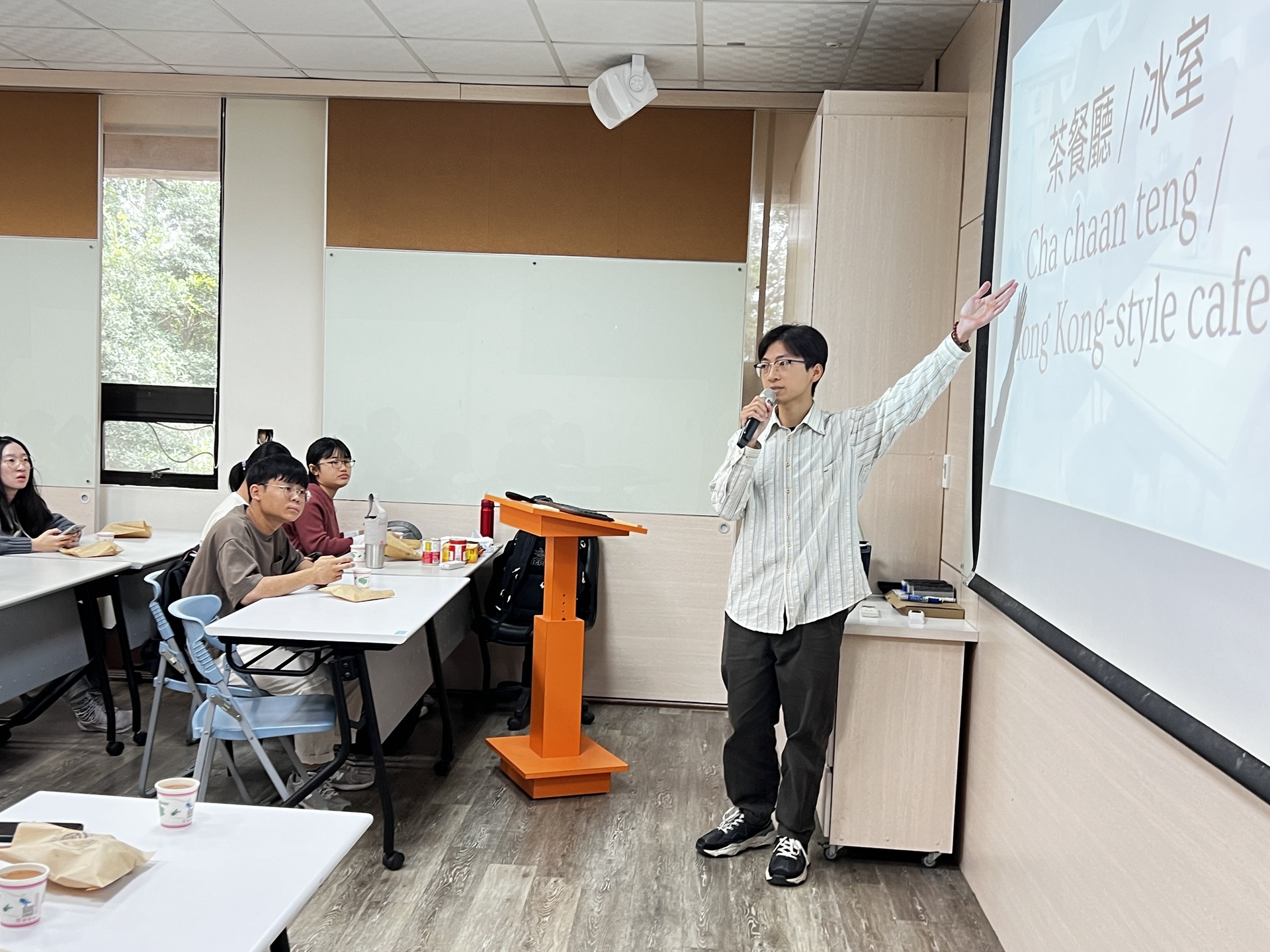
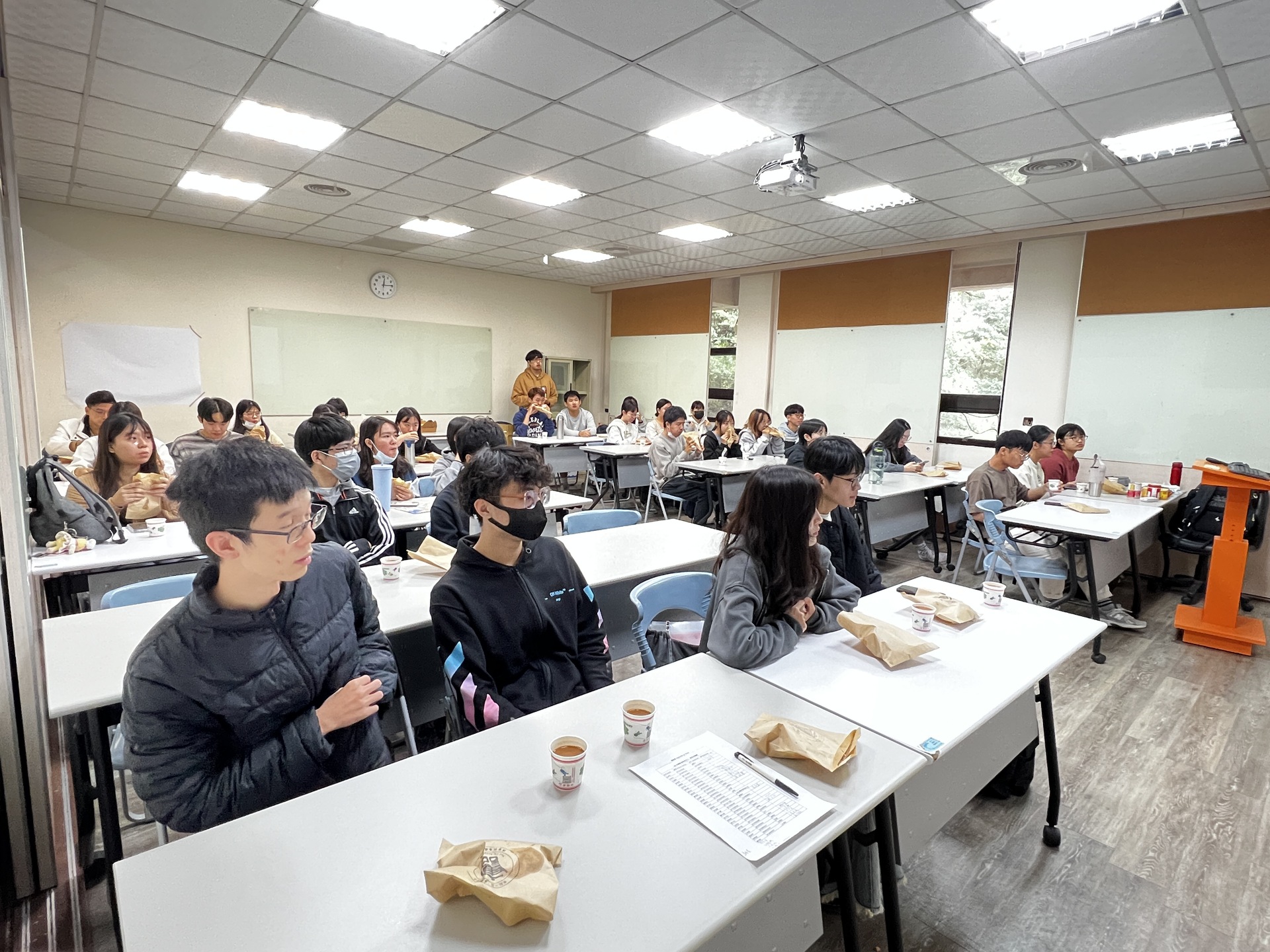
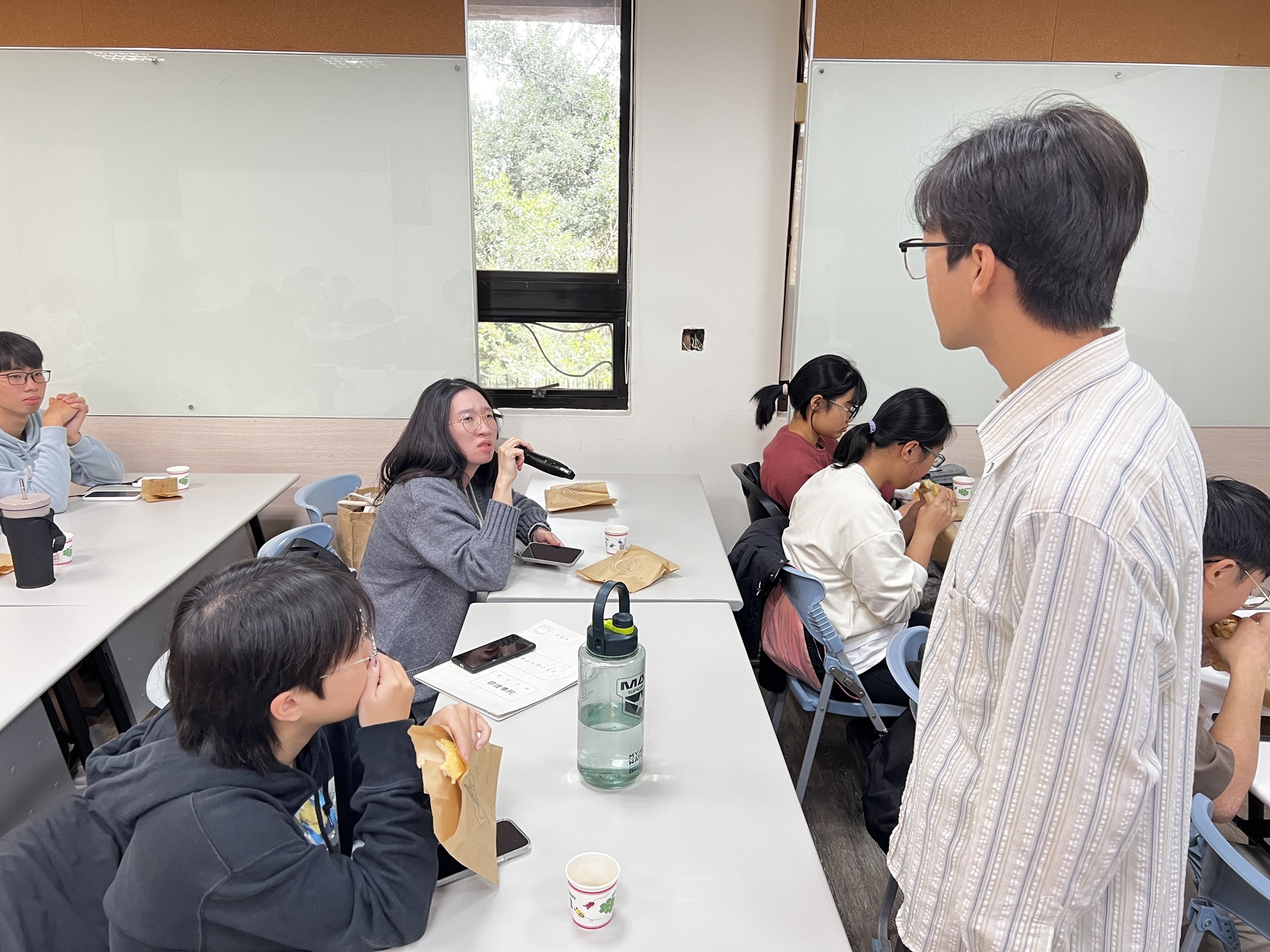
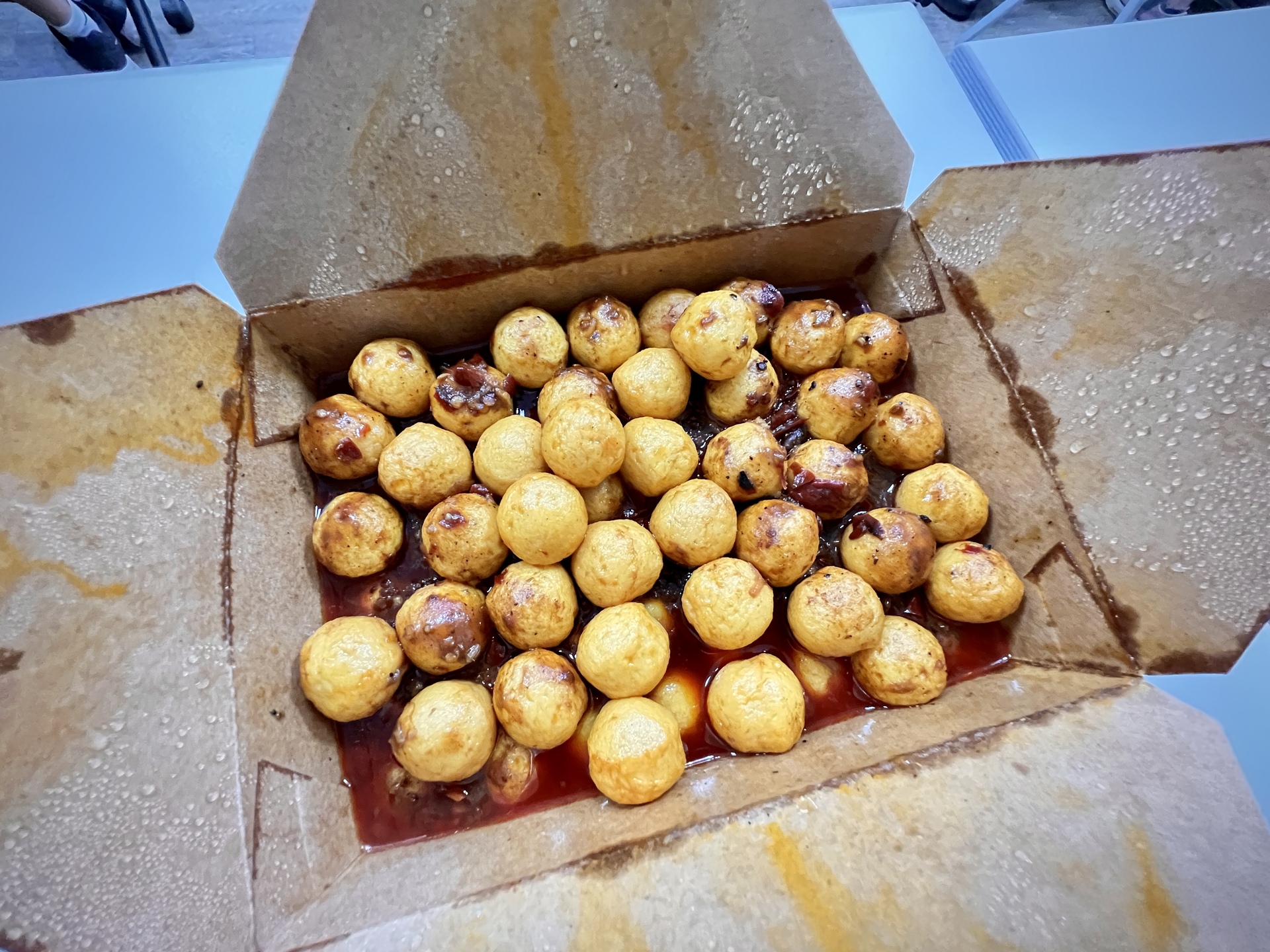
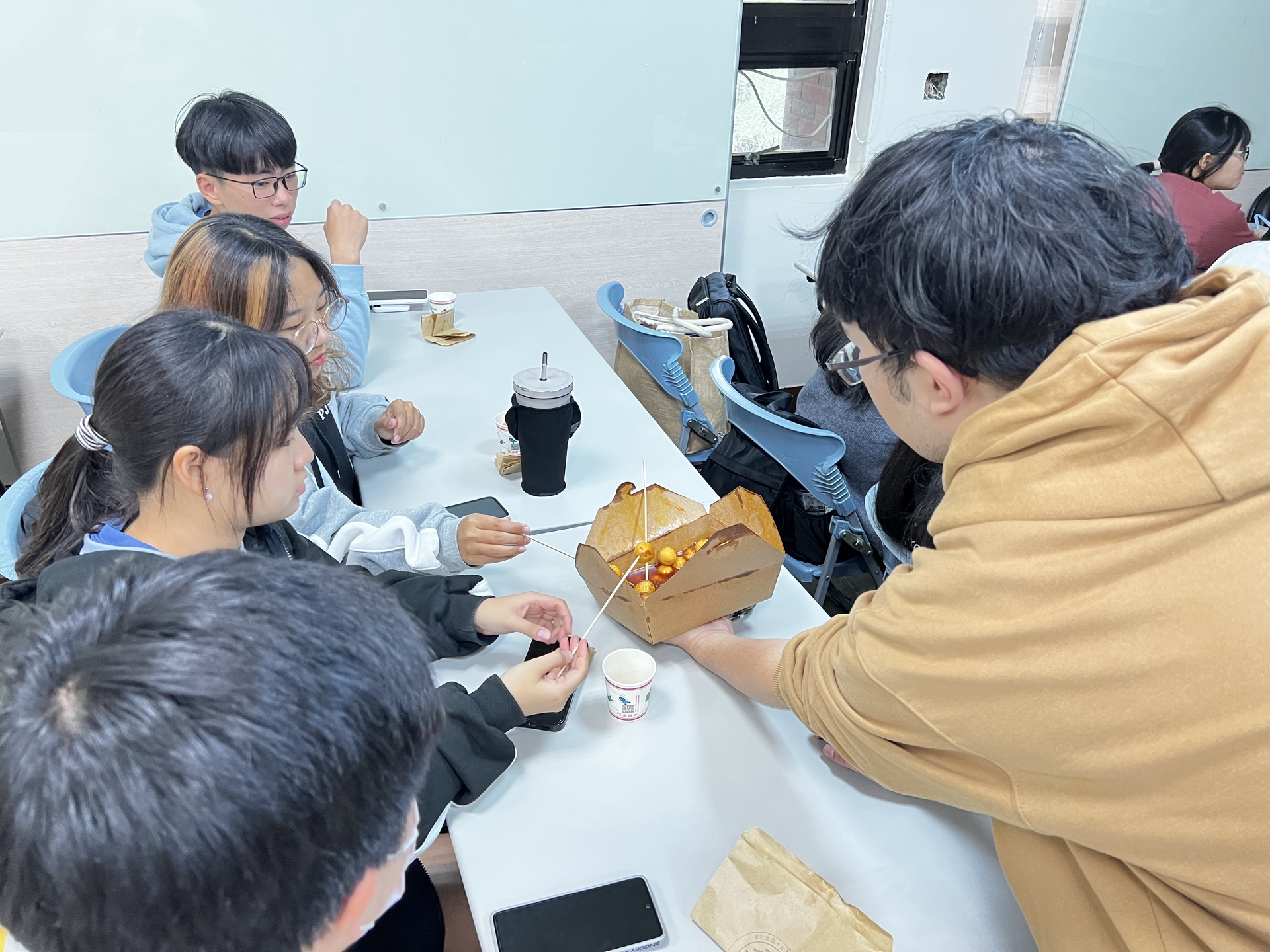
Alex 以電影片段帶大家認識茶餐廳
港片裡,便衣警察走進茶餐廳,點了蛋塔和凍檸茶,拿起報紙遮住臉,裝作一般民眾,其實是在臥底;一對情侶則在茶餐廳合吃西多士(法式吐司),你一口我一口,如膠似漆。
茶餐廳是香港最常見的餐廳,是香港人一日三餐的用餐場所,到底在香港人眼中的茶餐廳,與台灣人想像的有什麼差別呢 ?
管院英語學習角落於3月8日辦理本學期第 2 場交流活動 ——「從電影看香港文化 - 香港茶餐廳」,由來自香港的社會學系 Alex 徐同學,用英文與大家分享香港茶餐廳文化。
Alex 首先播放了兩段香港電影片段,內容是圍繞著茶餐廳的日常運作,可以看到當地人平常的飲食習慣。Alex 並分享一些有趣的歷史,茶餐廳自1950年代興起,是融合舊時港式冰室及代表西方的西餐廳而形成的香港飲食文化。茶餐廳深受殖民文化影響,不少食物、飲品都取材自英式美食,例如平時早餐經常吃的歐姆蛋、炒蛋來自英式全日早餐。
那「茶餐廳」及「冰室」 的差別在哪呢 ? 原來是看牌照及可販賣的食物,當年大部分「冰室」持有的經營牌照是「小食牌照」,只可以賣冰品、茶、咖啡、麵包、蛋糕、粥品、糖水等。隨着年代變遷,大部分「冰室」已換成了「普通食肆牌照」,准許持牌人配製及售賣任何種類的食物。
台灣跟香港都有奶茶,兩者的區別是什麼 ? 台灣的古早味紅茶,時常帶有咖啡或穀麥的香氣,再加入奶精或鮮奶而成。而港式絲襪奶茶的特色,主要使用錫蘭紅茶葉,加上不同粗細度的茶葉混合沖泡,再加入淡奶,調製出獨特的香氣口感。初時奶茶會有茶葉渣,茶餐廳發明用茶袋隔渣,茶袋用久了,看起來又像絲襪,便稱為絲襪奶茶。在分享過程中,Alex 不時解釋香港用語和英文詞彙,各有不同的用法讓人覺得妙趣無窮。
經過這場活動,同學們認識到正港的茶餐廳模樣,了解到在香港只有酒樓才會供應點心,也學會了一些茶餐廳專用術語。台灣與香港地緣非常接近,文化上亦有一定程度的相似性,不管是日後去當地旅行,或是到台灣的港式餐廳用餐,相信同學們都能透過與 Alex 的深入交流,對香港文化有更深刻的體會。
| 港式用語小補丁 | |
| 茶餐廳 | Cha chaan teng |
| 冰室 | HK style cafe |
| 茶樓 | Dim Sum House |
| 酒樓 | Chinese Restarunt |
| 英語小補丁 | |
| 炒蛋 | scrambled eggs |
| 淡奶 | evaporated milk |
| 殖民地 | colony |
(社會系徐考澧撰稿/管院媒體編修﹚
—--------------------------------------------------------------
【Management College Presents: Exploring Hong Kong Culture Through Movies - Hong Kong Cha Chaan Teng - English Corner】
The English Corner of the College of Management organized its second exchange activity of the semester on March 8th — Exploring Hong Kong Culture Through Movies - Hong Kong Cha Chaan Teng”. This session was led by a Sociology Department student, Mr. Xu, originating from Hong Kong, who shared the culture surrounding Hong Kong's cha chaan teng in English. Cha chaan teng are the most common type of restaurants in Hong Kong, serving as the main dining locations for locals form breakfast to dinner. But what are the differences between cha chaan teng through the eyes of Hongkongers, compared to the Taiwanese imagination?
Mr. Xu began by showing two clips from Hong Kong movies, focusing on the daily operations of cha chaan teng, providing a glimpse into the local dining habits. He then shared some interesting history: cha chaan teng emerged in the 1950s, a fusion of the Hong Kong style cafe and Western restaurants, forming a unique Hong Kong dining culture. Many of the dishes and drinks at cha chaan teng were heavily influenced by British colonial cuisine, such as the commonly eaten breakfast items like omelets and scrambled eggs, which come from the full English breakfast. So, what distinguishes the "cha chaan teng" and "Hong Kong style cafe"? The distinction lies in the licensing and the food items they are allowed to sell. Historically, most "Hong Kong style cafe" held a "snack license," permitting them to sell only ice desserts, tea, coffee, bread, cakes, porridge, and chinese sweet soup. Over time, with changes in licensing regulations, most "Hong Kong style cafe" have transitioned to a "general restaurant license," allowing the sale of any type of food.
The conversation also touched upon the milk tea traditions of Taiwan and Hong Kong, what sets their versions of milk tea apart? Hong Kong-style milk tea primarily uses Ceylon black tea leaves, brewed with a mix of tea leaves of varying sizes, then finished with evaporated milk. Initially, milk tea would contain tea leaves residue, leading to the invention of using a tea bag to filter out the leaves. As the tea bag resembled a stocking after prolonged use, the beverage was nicknamed "silk stocking milk tea." Throughout the presentation, Mr. Xu also explained various English terms, such as scrambled eggs for "炒蛋", evaporated milk for "淡奶", and colony for "殖民地".
This event helped students gain a genuine understanding of the appearance and culture of cha chaan teng in Hong Kong, learning that only dim sum is served in traditional Chinese restaurants there, and picked up some specialized terminology used in cha chaan teng. Given the close geographical and cultural similarities between Taiwan and Hong Kong, whether traveling to the region in the future or dining at Hong Kong-style restaurants in Taiwan, students are now better acquainted with Hong Kong culture.
(Written by. Alex Tsui, The Department of Sociology / Proofread by the Media of the College of Management)
【英語學習角落系列講座介紹】
💡 演講內容以英文進行
💡 於活動結束時發放「英語實踐歷程檔案計畫」點數證書
💡想了解更多講座資訊,歡迎來信詢問-管院英語學習角落專用信箱: engc@cm.nsysu.edu.tw

